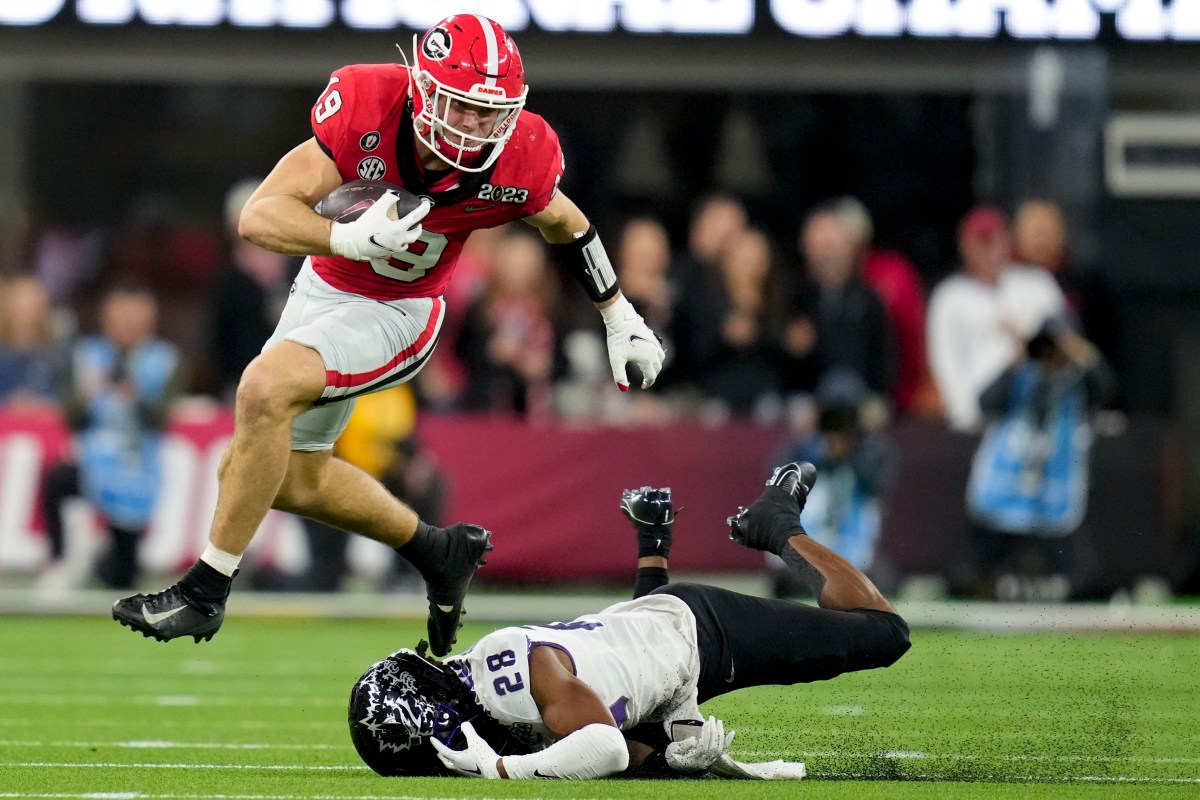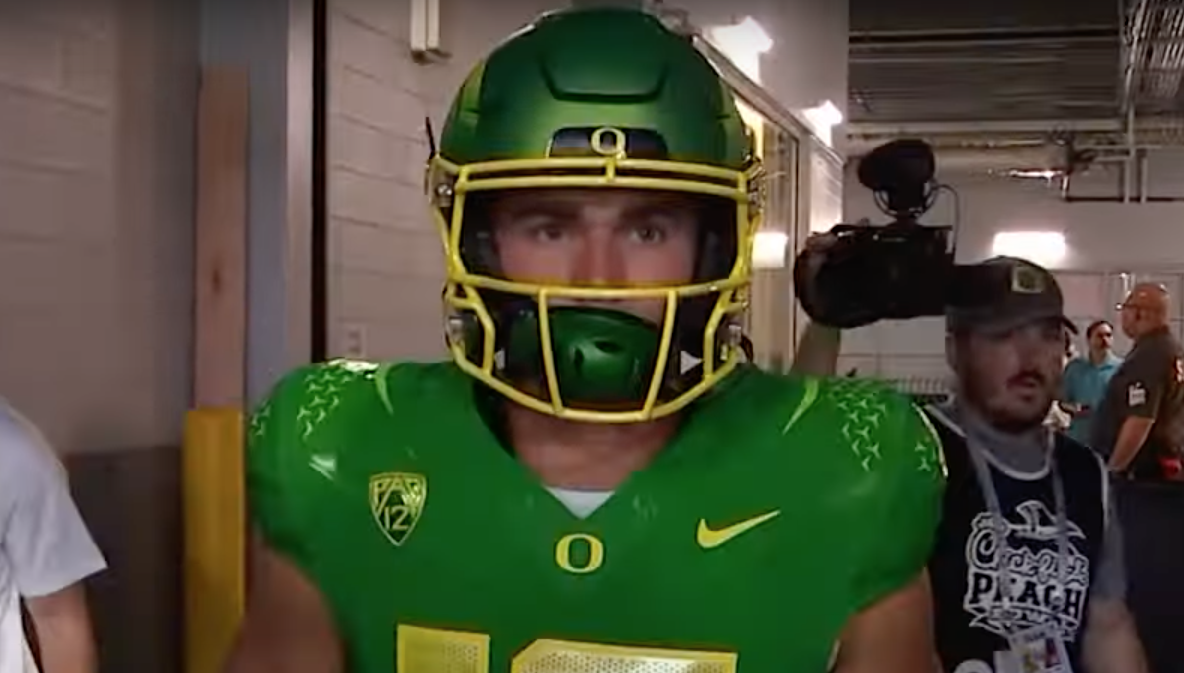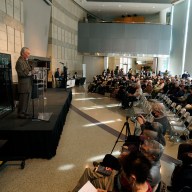Car design is a highly complicated discipline, which explains why designers from other industries create so few cars.
Yet car companies have courted fashion or product designers for years, usually to add some pep to individual models — known as a special edition — or to create a one-off concept car to attract press and consumer interest to their brand.
Historically, the results have been mixed. A product or fashion designer may have a decent go at creating a “trendy” design, but often this has been limited to a simple branding exercise with the fashion label’s logo sewn into the seats and stamped on the back.
In the 1970s, car companies including Ford, GM and American Motors offered limited edition cars with special edition trim by fashion houses from Gucci to Valentino, and it has continued since, with models including the Renault Twingo Kenzo through to the recent Lamborghini Murcielago Versace edition.
None has exactly set the world alight, though other designers have had a more radical influence, bringing a broader, less car-orientated approach to vehicle design.
In 1999, acclaimed product designer Marc Newson was given a whole car to pen. The press, despite being actually quite good, mauled his 021C concept for Ford.
Newson tried to create a car that would appeal to younger drivers by taking a furniture design approach and applying it to the car.
The car comprised simple shapes and clean surfaces with no superfluous decoration. Newson said it was like designing 500 products at once, and some of the press said it looked like he had tried to. They thought it toy-like, even childish. Today design geeks still love it.
In 2007, in a more successful venture, Sebastian Conran added a new grille, lights, wheel covers, seats, dash and exterior colour to a special edition of Nissan’s Cube. With not a single Conran badge in sight, Nissan made just 5,000 of them and they sold out quickly in Japan.
















